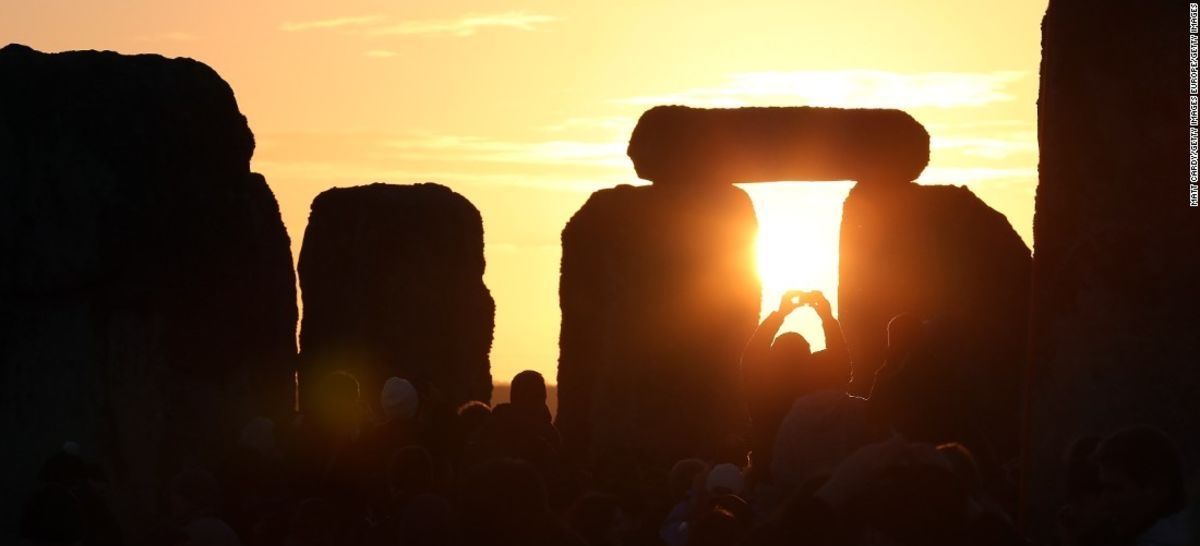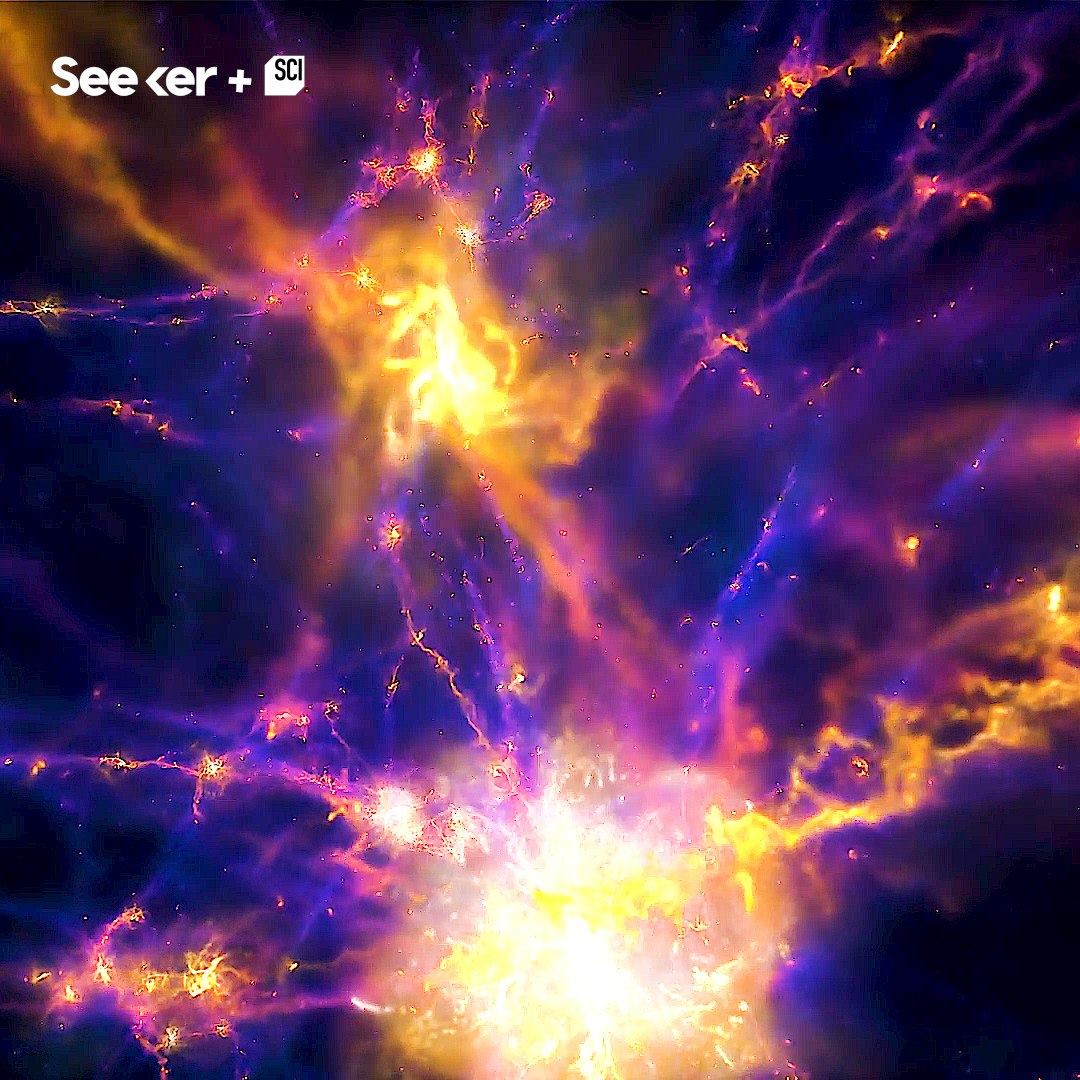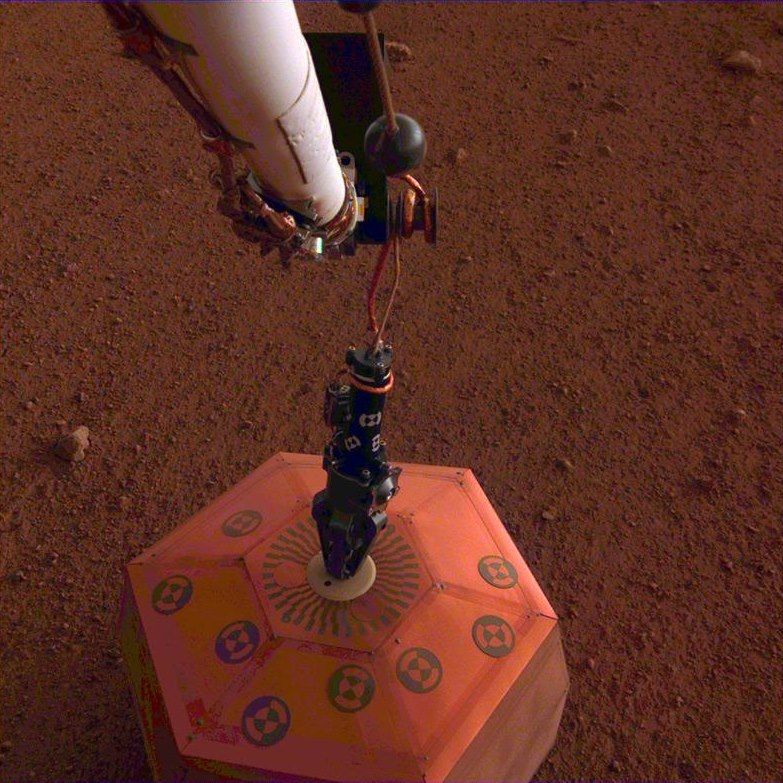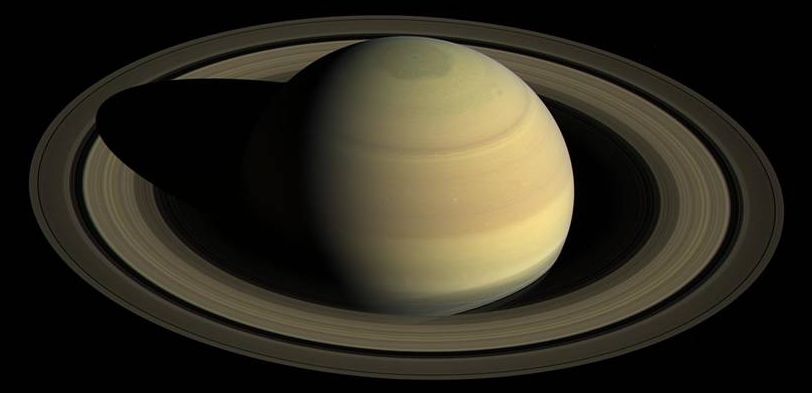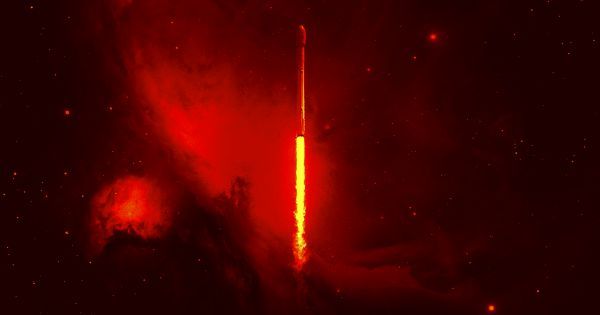The winter solstice, falling on December 21, 2018, will mark the shortest day of the year as well as a full moon in the night sky. The upcoming full moon named the Cold Moon or the Long Night Moon will be visible during the longest night of the year.
The two events don’t perfectly align. The peak full Moon will occur on December 22 at 12:49 p.m. EST while the winter solstice falls a day earlier on December 21. However, to the typical person viewing the moon, it will appear full for several days.
The winter solstice marks a transition period where days begin getting longer in the Northern Hemisphere and shorter in the Southern Hemisphere. The evening of the winter solstice will be the longest of the year for the Northern Hemisphere. This is because Earth’s poles create a maximum tilt away from the Sun in the Northern Hemisphere and maximum tilt toward the Sun in the Southern Hemisphere.
Read more
